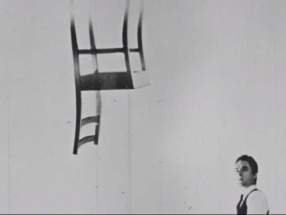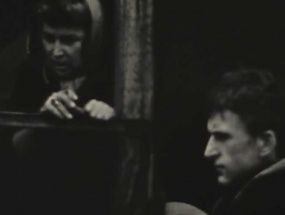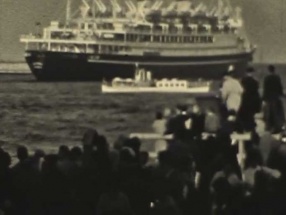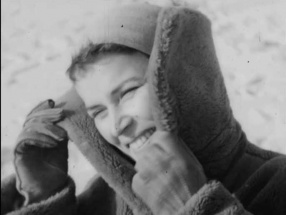Private footage that documents everyday life forms the section of Wojciech Zamecznik’s oeuvre that has been “re-discovered” owing to the artist’s archive – developed throughout the subsequent decades of his creative work and therefore revealing the arcane details of his workshop – that has recently been made public and remained in the hands of his son Juliusz Zamecznik.
The archive revealed that Zamecznik, known primarily as a graphic artist who also aspired to be a photographer, was equally eager to try his hand at filmmaking. The fact that he used the camera in order to record his surroundings as early as in the 1950s situates him amongst the pioneers of the home movie genre and undoubtedly positions him as one of the first representatives of this practice in Poland. His amateur films, created with the family in mind, confirm Zamecznik’s interest in the latest theoretical tendencies – the understanding of the photographer’s role in terms of an intuitive sense of the moment as promoted by Henri Cartier-Bresson.
This film came into being through editing the footage that portrays Zamecznik’s everyday life shot on 16 mm film stock between 1949 and 1963. It can be divided into several separate blocks related to specific events: scenes form the family life at home in Narbutta St. in the Warsaw district of Mokotów, visiting friends: Irena and Maurycy Stryjeński, strolling around the city, documentation of exhibitions, such as the 12th National Photography Exhibition at the Zachęta National Gallery of Art in Warsaw (1962), holiday trips to the Polish seaside, as well as journeys abroad to Italy, France, Bulgaria.
(MP)
Year: 1966
Duration: 88'07"
Language: no sound
Source: 16 mm
© Archaeology of Photography Foundation



